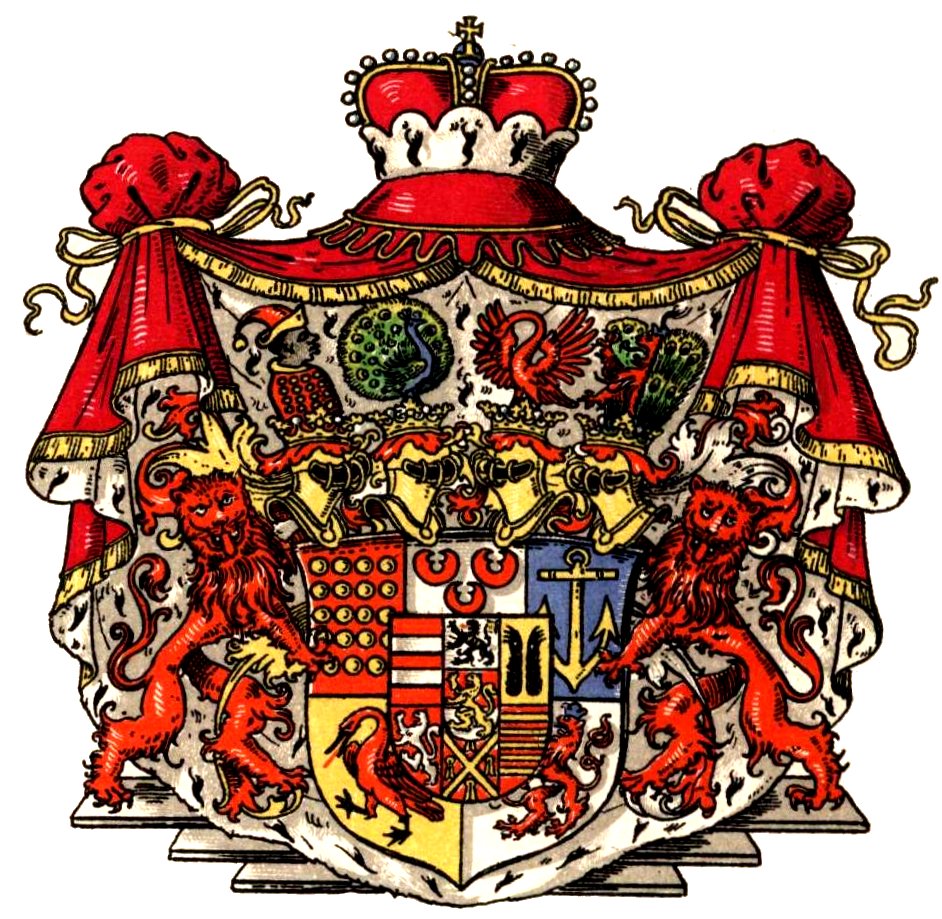|
Bentheim-Limburg
Bentheim-Limburg was a short-lived County of the Holy Roman Empire, created as a partition of Bentheim-Steinfurt Bentheim-Steinfurt was a historical county located in northwestern North Rhine-Westphalia in the region surrounding Steinfurt, Germany. Bentheim-Steinfurt was a partition of Bentheim-Bentheim, itself a partition of the County of Bentheim. Bentheim- ... in 1606. It was remerged to Bentheim-Steinfurt in 1632. Count of Bentheim-Limburg (1606–1632) *Conrad Gumbert (1606–1632) Populated places established in 1606 Counties of the Holy Roman Empire 1606 establishments in the Holy Roman Empire {{Germany-hist-stub ... [...More Info...] [...Related Items...] OR: [Wikipedia] [Google] [Baidu] |
Holy Roman Empire
The Holy Roman Empire was a Polity, political entity in Western Europe, Western, Central Europe, Central, and Southern Europe that developed during the Early Middle Ages and continued until its Dissolution of the Holy Roman Empire, dissolution in 1806 during the Napoleonic Wars. From the accession of Otto I in 962 until the twelfth century, the Empire was the most powerful monarchy in Europe. Andrew Holt characterizes it as "perhaps the most powerful European state of the Middle Ages". The functioning of government depended on the harmonic cooperation (dubbed ''consensual rulership'' by Bernd Schneidmüller) between monarch and vassals but this harmony was disturbed during the Salian Dynasty, Salian period. The empire reached the apex of territorial expansion and power under the House of Hohenstaufen in the mid-thirteenth century, but overextending led to partial collapse. On 25 December 800, Pope Leo III crowned the List of Frankish kings, Frankish king Charlemagne as Carolingi ... [...More Info...] [...Related Items...] OR: [Wikipedia] [Google] [Baidu] |
Bentheim-Steinfurt
Bentheim-Steinfurt was a historical county located in northwestern North Rhine-Westphalia in the region surrounding Steinfurt, Germany. Bentheim-Steinfurt was a partition of Bentheim-Bentheim, itself a partition of the County of Bentheim. Bentheim-Steinfurt was partitioned: between itself and Bentheim-Tecklenburg-Rheda in 1606; and between itself and Bentheim-Bentheim in 1643. History Bentheim-Steinfurt and its territories were converted to Lutheranism in 1544 by Count Arnold II. He was succeeded by his less-religious son, Eberwin III. After the latter's early death at age 26, he was succeeded by his infant child, Arnold III, under the regency of Anna of Tecklenburg. Arnold III married Magdalena of Neuenahr in 1576, and he began attempts to properly convert the county to Protestantism. In the autumn of 1587, Lutheran preachers from across Germany were invited to help reform the Counties of Bentheim, Steinfurt, Lingen and Tecklenburg. The new laws were largely modelled on those ... [...More Info...] [...Related Items...] OR: [Wikipedia] [Google] [Baidu] |
Populated Places Established In 1606
Population typically refers to the number of people in a single area, whether it be a city or town, region, country, continent, or the world. Governments typically quantify the size of the resident population within their jurisdiction using a census, a process of collecting, analysing, compiling, and publishing data regarding a population. Perspectives of various disciplines Social sciences In sociology and population geography, population refers to a group of human beings with some predefined criterion in common, such as location, race, ethnicity, nationality, or religion. Demography is a social science which entails the statistical study of populations. Ecology In ecology, a population is a group of organisms of the same species who inhabit the same particular geographical area and are capable of interbreeding. The area of a sexual population is the area where inter-breeding is possible between any pair within the area and more probable than cross-breeding with in ... [...More Info...] [...Related Items...] OR: [Wikipedia] [Google] [Baidu] |
Counties Of The Holy Roman Empire
This list of states in the Holy Roman Empire includes any territory ruled by an authority that had been granted imperial immediacy, as well as many other feudal entities such as lordships, sous-fiefs and allodial fiefs. The Holy Roman Empire was a complex political entity that existed in central Europe for most of the medieval and early modern periods and was generally ruled by a German-speaking Emperor. The states that composed the Empire, while enjoying a unique form of territorial authority (called '' Landeshoheit'') that granted them many attributes of sovereignty, were never fully sovereign states in the sense that term is understood today. In the 18th century, the Holy Roman Empire consisted of approximately 1,800 such territories, the majority being tiny estates owned by the families of Imperial Knights. This page does not directly contain the list but discusses the format of the various lists and offers some background to understand the complex organisation of the Holy R ... [...More Info...] [...Related Items...] OR: [Wikipedia] [Google] [Baidu] |


